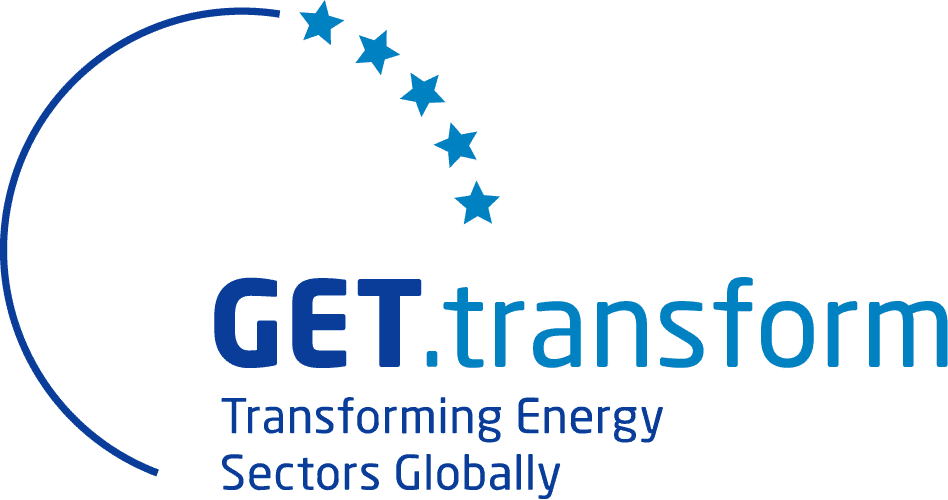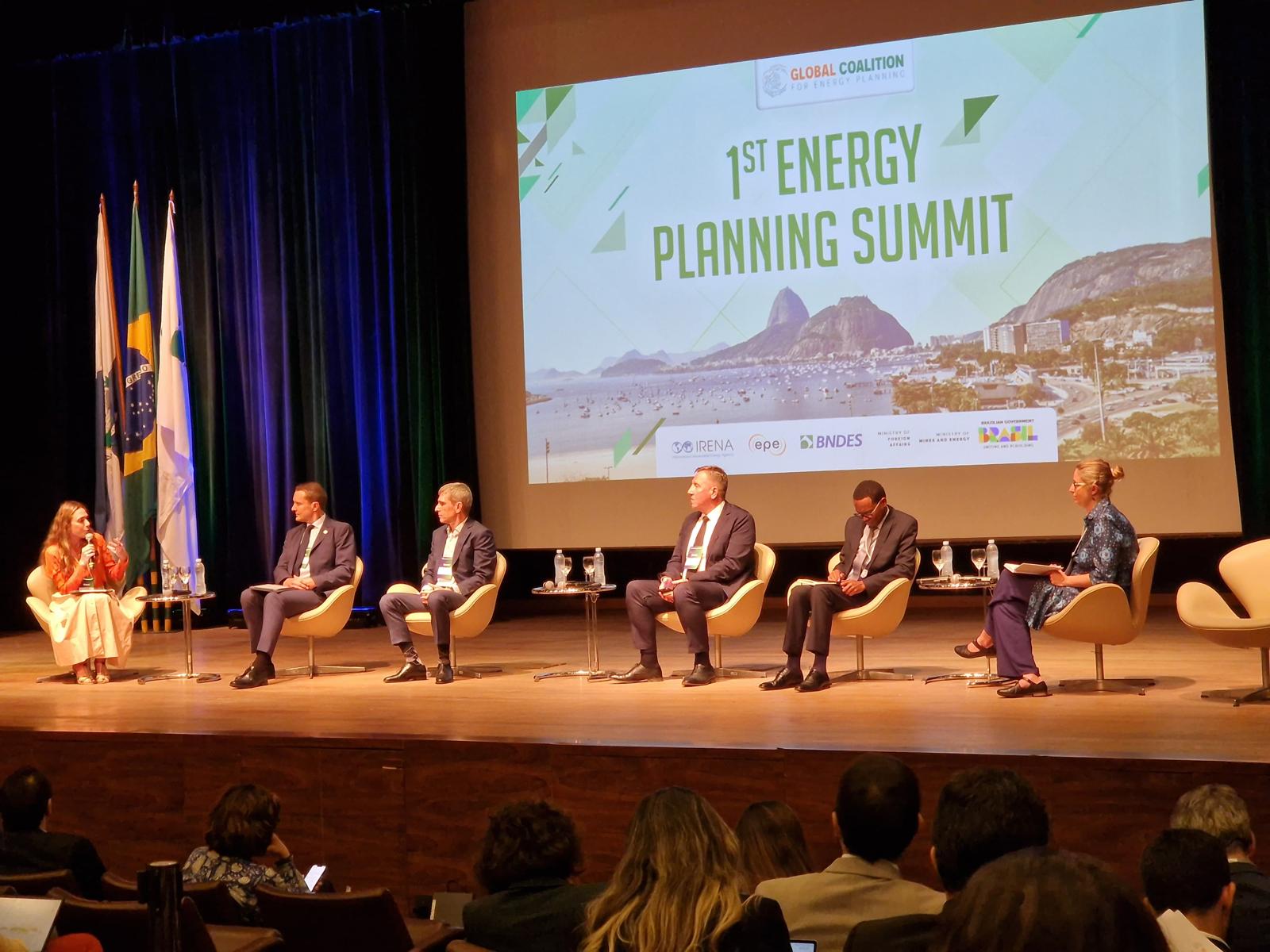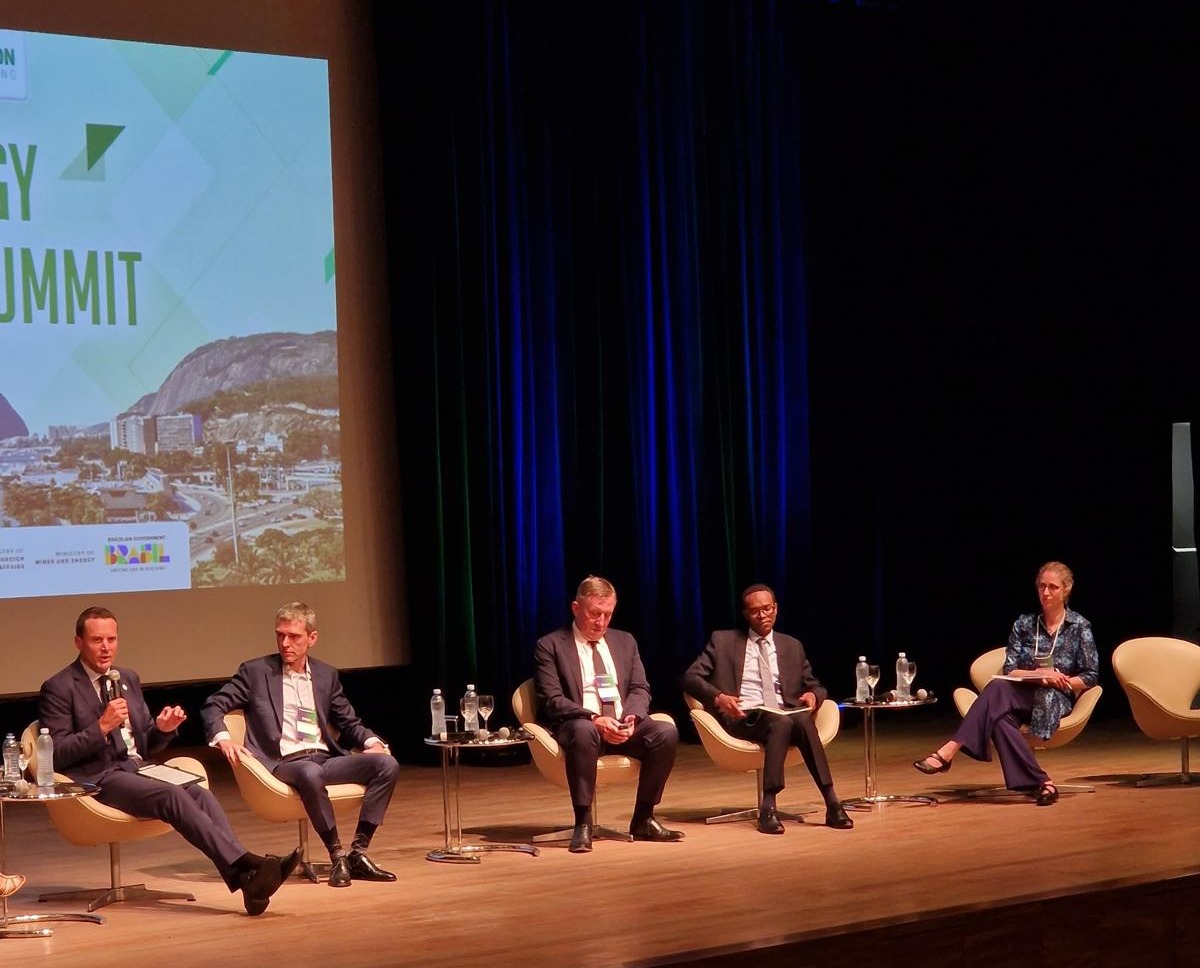At the recently completed 1st Energy Planning Summit in Rio de Janeiro, Brazil, GET.transform joined energy leaders from around the world to explore how national energy strategies can be translated into real, investable projects. The event co-hosted by the Government of Brazil and the International Renewable Energy Agency (IRENA), also marked the official launch of the Global Coalition for Energy Planning (GCEP). As part of Brazil’s 2024 G20 Presidency, this coalition aims to support developing and emerging economies in creating long-term, transparent, and investment ready energy plans aligned with both climate goals and development priorities.
The Summit addressed the role of improved planning in project development and financial viability, de-risking energy markets, prioritising investment opportunities, and mobilising capital to triple renewable energy capacity by 2030.
GET.transform contributed expert insights to the session “Turning National Energy Plans into Project Pipelines for Investment”, talking to the critical need for alignment across different levels of planning, from national energy policy to generation and transmission. Misalignment across such processes often sends mixed signals to the market, which reduces investor confidence and may result in costly implementation delays.
The session also highlighted the importance of regulatory and operational frameworks that allow power plants to be successfully integrated into the grid. GET.transform emphasised the need for clear communication between stakeholder groups. Even within the same country, planners, financiers, and policy makers often speak different languages shaped by their mandates and technical backgrounds. This disconnect can hinder coordination, and international multi-stakeholder forums such as this summit assist in closing those gaps, harmonising visions and language to allow improved cooperation and investment.
With the global movement towards a net zero future, such harmonisation and cooperation in planning is critical for realising the potential of clean energy investment.



